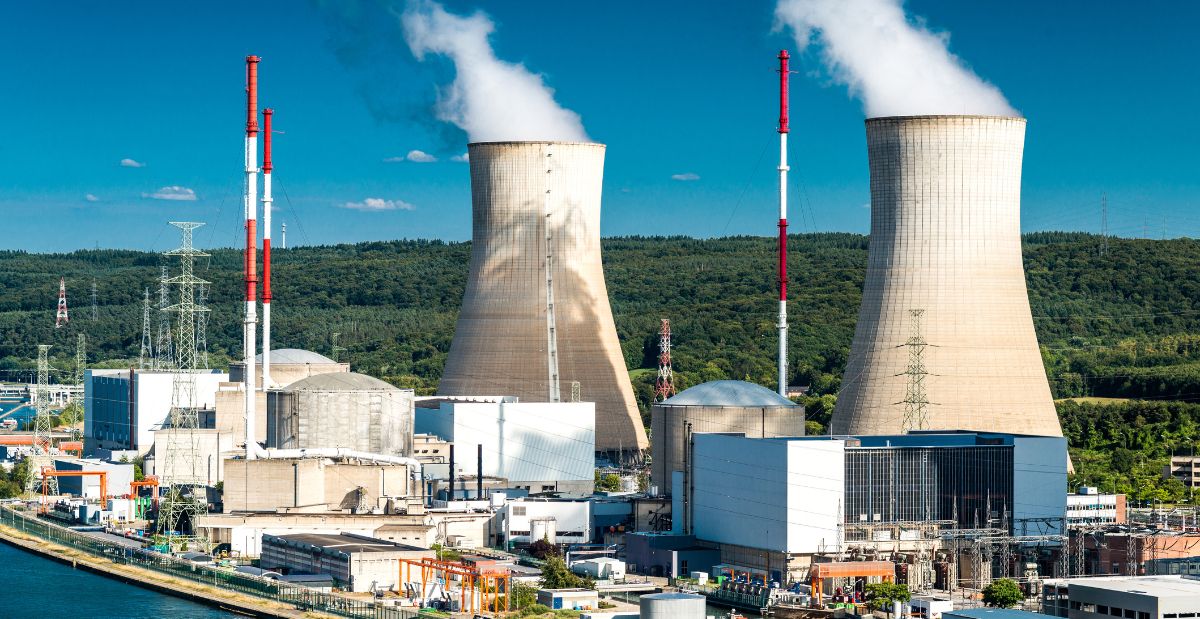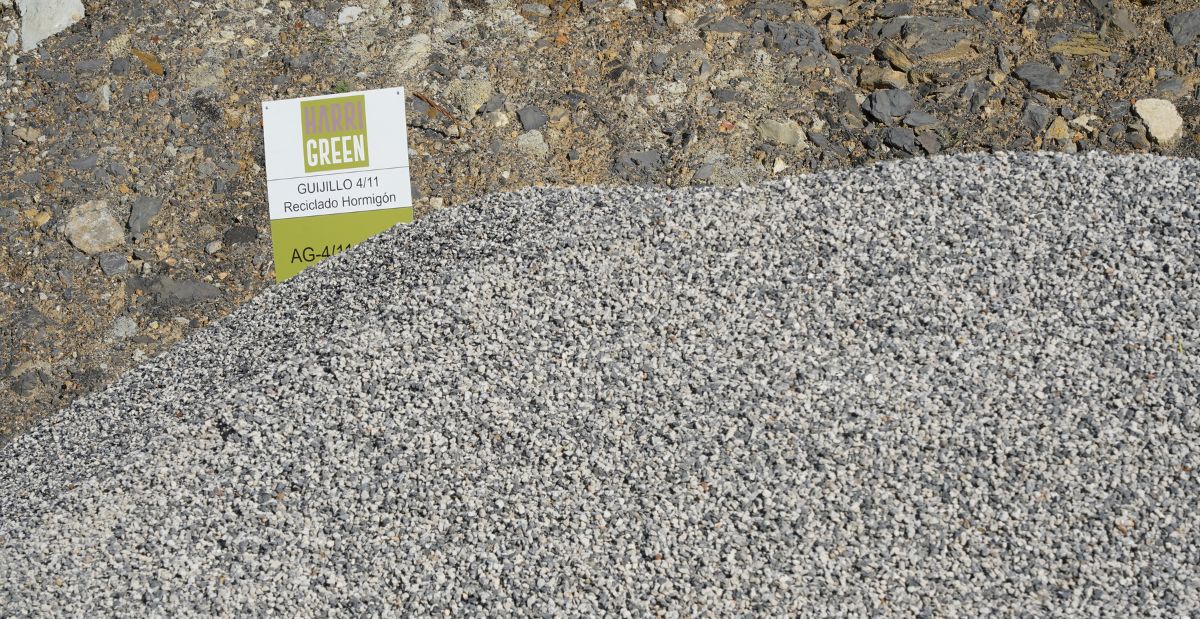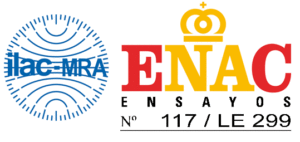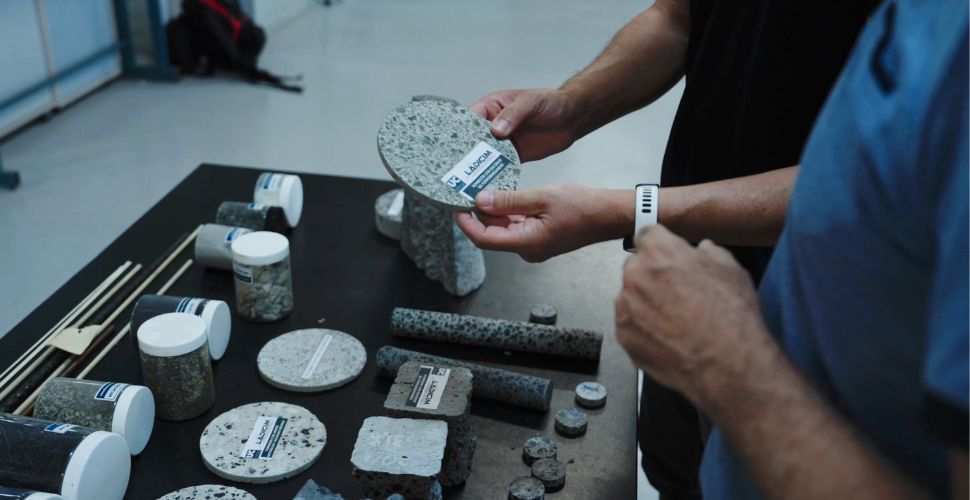
LADICIM Researches the Development of High-Durability Recycled Concrete for Marine Environments
ChatGPT Plus
The SEACOND project proposes the analysis of sustainable innovations such as the use of recycled aggregates, seawater, and non-metallic reinforcements to reduce environmental impact and extend the service life of marine structures.
Marine structures play a crucial role in numerous economic activities but also present significant environmental challenges. Breakwaters and jetties, docks and piers, oil platforms, underwater tunnels, coastal defenses, and bridges all rely on concrete—a material whose metallic reinforcements suffer severe deterioration in marine environments, thus reducing the durability of the structures they support.
LADICIM has launched a project funded by the Ministry of Science and Innovation to study the development of more durable and environmentally sustainable concretes for marine structures through the research and use of recycled materials that are more resistant to marine conditions.
The SEACOND project, led by LADICIM researcher Carlos Thomas, represents an innovative effort in environmental engineering to address key challenges in managing concrete waste in marine environments. This interdisciplinary study not only aims to mitigate the environmental impact of marine structures but also to innovate in the use of materials, sustainable construction techniques, and marine biodiversity-friendly environments.
Reusing Concrete Waste
One of SEACOND’s main objectives is to increase the recycling of concrete waste contaminated with chlorides, aiming to reduce its volume, conserve natural resources, and decrease greenhouse gas emissions.
The project also addresses other challenges, such as enhancing the durability of marine structures, minimizing their environmental impact, reducing the consumption of potable water in construction, and integrating marine biodiversity conservation into structural design.
To achieve these varied and ambitious goals, SEACOND combines approaches from several disciplines, including Civil Engineering, Chemistry, Marine Biology, and Environmental Sciences. The planned methodology ranges from physical and chemical analysis of chloride-contaminated concrete waste to the implementation of prototype marine structures featuring innovative designs.
The project team includes several researchers from LADICIM: Carlos Thomas, principal investigator and expert in the durability and mechanical characterization of eco-concretes; Juan Antonio Polanco, specialist in mechanical characterization and use of ecological concrete structures; Ana Cimentada, expert in structural concrete for foundations and microchemical characterization of materials; and Pablo Tamayo, head of mechanical characterization services.
The team will also be supported by two international specialists: Jorge de Brito, professor at the University of Lisbon and one of the world’s leading researchers on the use of recycled materials in concrete; and Francisco de Caso y Basalo, researcher at the University of Miami and expert in fiber-reinforced polymer (FRP) use in structural concrete.
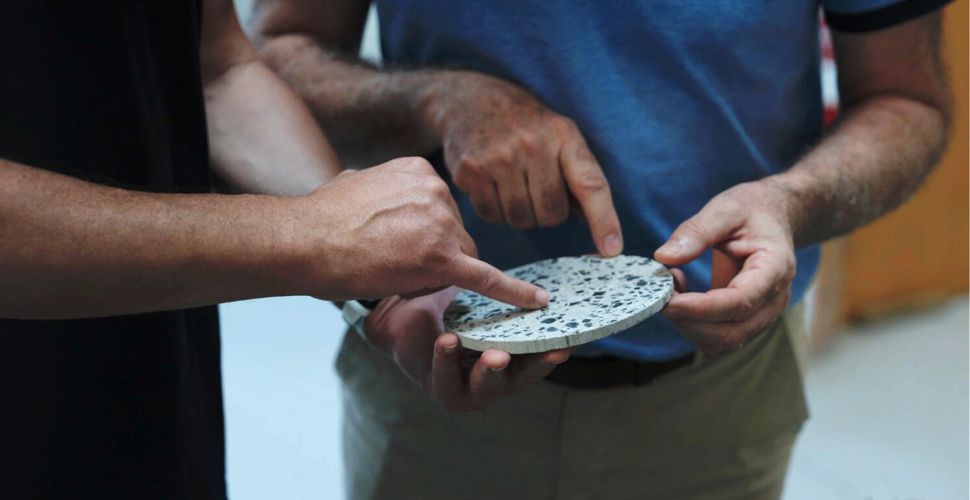
The Challenge of Seawater
Studies conducted by LADICIM to date, along with the initial steps of the project, suggest that under certain circumstances, it may be possible to use seawater in concrete manufacturing—potentially offering improvements in marine construction practices.
Seawater’s negative impact on concrete durability is well known, primarily due to its chemical composition, which includes high levels of salts, particularly chlorides and sulfates. These seawater components interact adversely with both the concrete and its metal reinforcements, potentially leading to material degradation over time.
Technical Innovations and Materials
In response to these challenges, the SEACOND project proposes studying significant innovations in materials engineering for marine environments, focusing primarily on several interconnected technical aspects.
The researchers aim to test regulatory limits that currently restrict the use of chloride-contaminated recycled aggregates in structural concrete due to their susceptibility to corrosion. SEACOND seeks to transform what was once considered waste into a valuable resource through innovative solutions for reusing these materials.
One key innovation of the project is studying the effect of incorporating non-metallic reinforcements in concrete as a substitute for traditional metallic ones, meeting the functional demands of marine structures. This substitution is crucial as it directly addresses chloride-induced corrosion while allowing greater flexibility in concrete formulation. As a result, there is potential to reduce the thickness of the concrete cover and the amount and types of cement required, which has substantial implications for sustainability and carbon footprint reduction.
Finally, the project also proposes an ecological approach to designing marine structures, moving away from traditional straight-line models to promote the creation of irregular structures that encourage marine biodiversity while maintaining functionality.
Overall, the project aims to reinforce LADICIM’s position at the forefront of materials engineering for marine construction by combining innovations in materials chemistry, structural engineering, and environmental sustainability. This comprehensive approach not only solves complex technical challenges but also aligns with long-term environmental protection and sustainability goals.
The evaluation and monitoring of the long-term durability of structures developed within SEACOND will be carried out through a set of meticulous and technically advanced procedures, including continuous monitoring of a pilot structure underwater—in tidal currents and splash zones—for at least one year.
This monitoring will assess the structure’s performance, mechanical behavior, durability, and biodiversity proliferation on its surface. Collected data will include information on stress states, deformation, and aging of the produced structures, which will also be validated using a Finite Element Method (FEM) model.
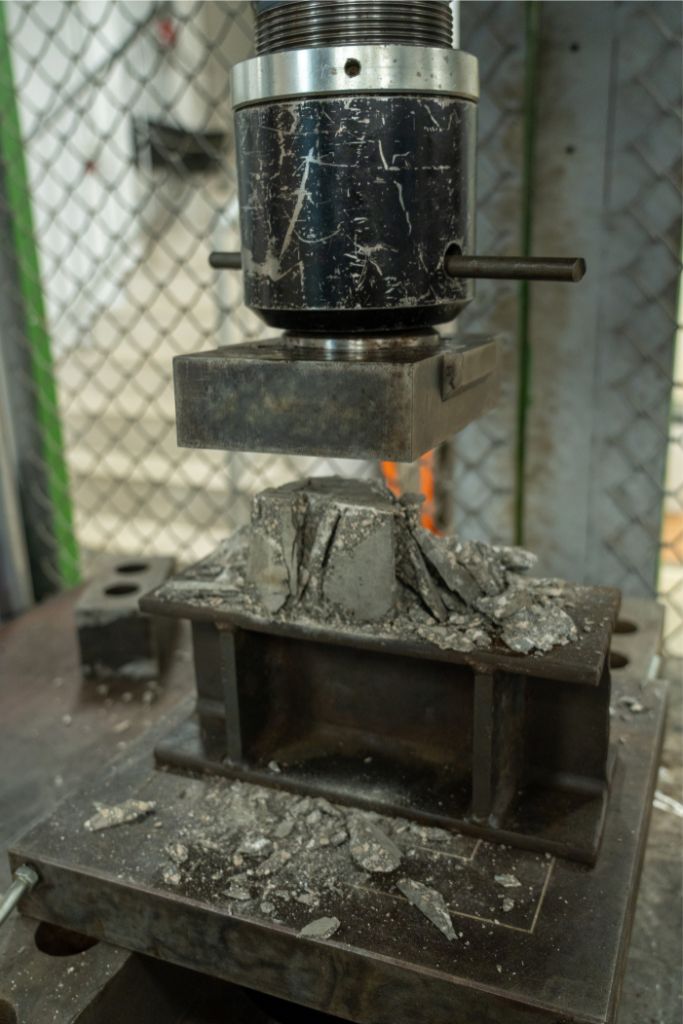
Knowledge Transfer
In the SEACOND project, LADICIM will collaborate with various organizations and companies, each bringing their specific expertise and resources to ensure the project’s development and success.
This collaboration will provide a diverse range of knowledge, experience, and resources essential to addressing the multifaceted challenges of the SEACOND project—from innovation in construction materials to environmental impact assessment and the practical implementation of developed solutions.
In conclusion, SEACOND, led by LADICIM and supported by an interdisciplinary team of experts and collaborators from various organizations, tackles the challenges presented by marine structures with creativity and technical rigor—both in terms of durability and functionality, as well as environmental impact. Through the innovative use of recycled concrete, exploration of non-metallic reinforcements, and the potential incorporation of seawater in concrete production, this project promises not only to extend the service life of marine structures but also to reduce their ecological footprint.

Grant PID2022-139258OA-I00 funded by MICIU/AEI/ 10.13039/501100011033 and by ERDF/EU


